
Imagine walking into your classroom and seeing your students buzzing with excitement. No, it’s not a free day or a surprise field trip. It’s math game day! But wait… math game day? Yes, you read that right.
Using math games in your classroom is a magical blend of fun and education, capturing students’ interests around math problems while sharpening their mathematical skills. By integrating these games into your lesson plans, you transform abstract math concepts into tangible challenges that students can touch, move, and strategize around. The results? Increased engagement, deeper understanding, and a classroom environment where students can’t wait to walk in and play.
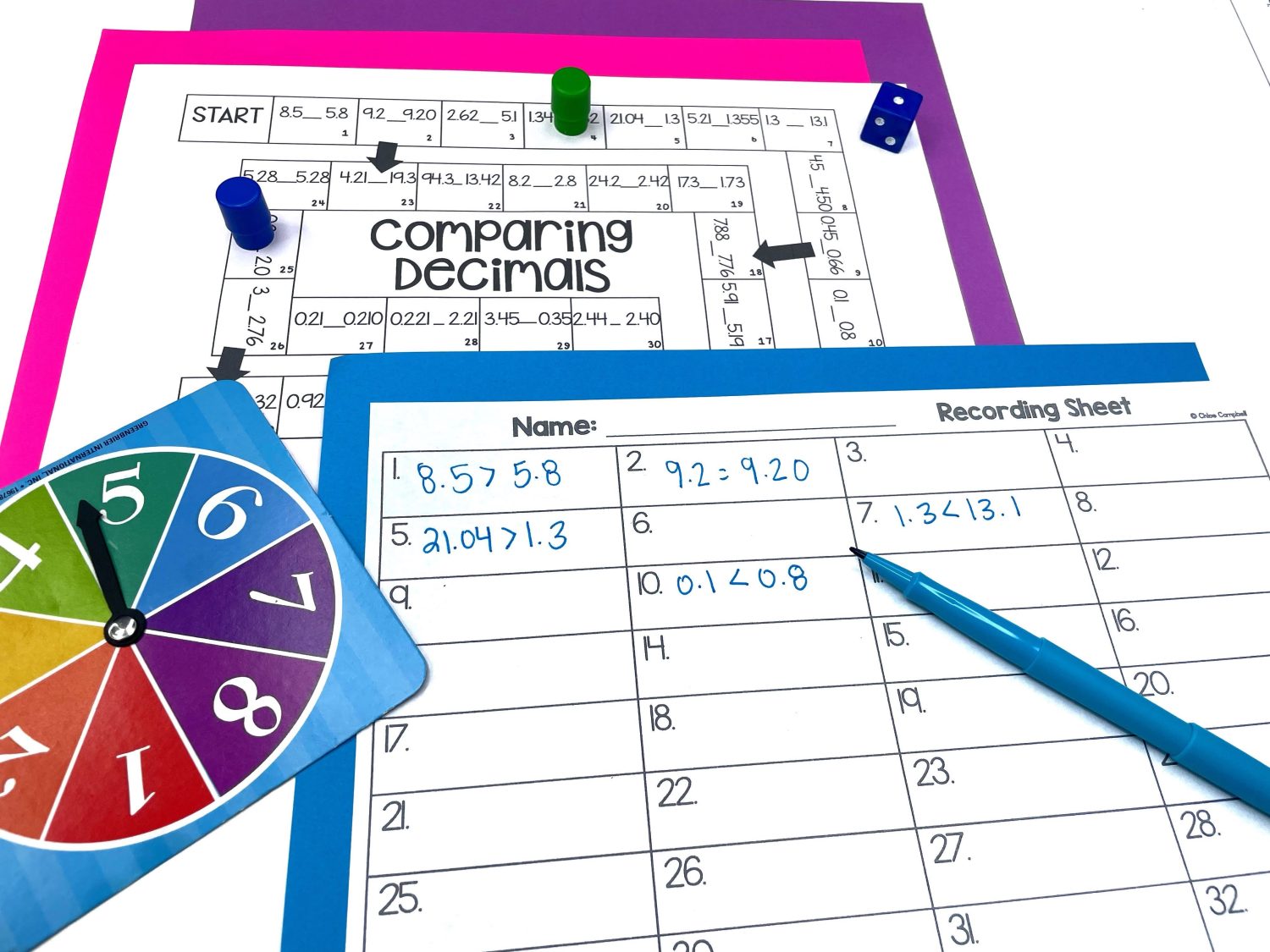
Why should you introduce math games in your classroom and curriculum? Well, for starters, they simplify complex ideas, making them more digestible for your learners. They foster collaboration as kids work in small groups, kids naturally discuss math, and critical thinking is amplified. But here’s the game-changer: math games can significantly lighten your teaching load. With students actively participating and teaching one another, your role subtly shifts from the primary instructor to a facilitator of active learning. And the cherry on top? Watching your students genuinely enjoy the learning process.
Math games are a great way to have math lessons in your classroom go from boring to engaging. We can still teach all of those important math skills, including math facts like addition facts, subtraction problems and other math operations, using a number line, geometric shapes, and more – all while encouraging strategic thinking and problem-solving skills.
Now that we’ve got the basics down let’s dive into how you can set up a hands-on game day in math class that will have both you and your students eagerly looking forward to it!

1. Using Math Games in Your Classroom: Organize Your Teams
Start by creating groups of 2-4 students. I really recommend using just 2 students in a group – this will significantly lower off-task behaviors. A smaller number ensures that the students remain attentive and engaged while playing. And remember: while teamwork is key, every student should solve every problem – not just the one who rolls the dice!
Hot tip: Don’t be afraid to teach the game and play as an entire class first. Whole class math games help students understand how to play – and they LOVE trying to beat their teacher! See Step 3 for ideas on this!

2. Using Math Games in Your Classroom: Game Essentials – Readying the Basics
For a smooth game day, ensure you have the following on hand:
- Dice or spinners (you’d be surprised how many times these go missing!)
- Game pieces for each player. No fancy pieces? No worries! Use paperclips, pencil top erasers, or even pieces from another game.
- A deck of cards (you can print them and cut them out when you use my math games)
- The math board game itself
- Recording sheets to hold students accountable – this can be as simple as a blank sheet of paper, but I include an answer sheet in my math games
- Math questions – duh! 😉
- Optional: Individual white boards – Students LOVE to show their work on whiteboards. That will make game time even more engaging

3. Using Math Games in Your Classroom: Model, Model, Model!
The adage “seeing is believing” holds especially true in the classroom. While reading instructions is essential, nothing compares to a live demonstration for understanding and retention. Here’s a step-by-step breakdown on modeling the game for maximum clarity:
- Show and Tell: Begin by showing the game board under a document camera, like the Elmo or Ladybug. This visual projection ensures every student gets a clear view and can follow along, no matter where they’re seated.
- Starting Point: Place the game pieces at the starting position on the board. Setting the stage visually helps students anticipate the flow of the game.
- Interactive Modeling: Rather than playing the game solo, involve a student. Call one up to join you. This not only grabs the attention of the class but also reinforces the idea that learning is a collective effort.
- Roll and Move: Have the student roll the dice and then move the game piece accordingly.
- Solve Together: Now comes the crucial part – tackling the math problem. Both of you should solve the problem independently. This dual approach shows students that everyone must practice the math skills, whether it’s their turn or not.
- Compare and Discuss: Once you both have your answers, compare them. Do they match? If so, great! If not, this becomes a learning moment. Encourage students to observe this process – try to find errors, do the problem again, or use a different strategy to determine the correct solution.
- Hold Students Accountable: Use the recording sheet to write down your answers. This will allow you as the teacher to easily review student progress, determine who needs additional help, and holds students accountable.
- Modeling Encouragement: Remember, it’s not just about the right answer, but the journey there. During your demonstration, weave in words of encouragement, show patience, and foster a supportive environment. Highlight that it’s okay to make mistakes and that they are just stepping stones to learning.
- The Best Part? By the end of this detailed modeling session, students should have a clear understanding of the game’s flow and objective, the importance of teamwork, and the emphasis on learning over winning. Once you’ve gone through this process, you’ll rarely have to do it again. Students will quickly grasp the game’s mechanics, freeing you up to facilitate and guide rather than instruct continuously. Each game I create is set up in a similar fashion so that you don’t have to repeat instructions every.single.time.

4. Using Math Games in Your Classroom: The Real Goal
Remind your students that while the game is fun (and who doesn’t love a bit of friendly competition?), the real goal is sharpening those math skills. That’s right – the game’s just the cherry on top.
Other awesome goals that will just happen as a result of playing fun math games?
- Increased number sense
- Allowing students with different learning styles to find success
- Math reviews are built in to the games
- You can spiral back to different math skills once your kids know how to play

5. Using Math Games in Your Classroom: Compare, Discuss, and Learn Together
After every round or problem, encourage each group member to compare and discuss their answers. Did every team member get the same result? If not, it’s a brilliant opportunity for collaborative learning. Let students coach each other or solve the problem using varied strategies. I encourage my students to prove their answers during this discourse by showing what they’re doing on a piece of paper.

6. Using Math Games in Your Classroom: Research PROVES math games are great!
Wondering if this is just another teaching fad? Research has got our backs! Challenge-based gamification in classrooms has been shown to lead to an astonishing 34.755% increase in student performance (ScienceDirect, 2020). And if that wasn’t enough, these math games are an absolute breeze to set up. Low prep and printer-friendly, using math games in your classroom is an absolute win-win for both students and teachers!
Save these Math Game Tips!
Pin these ideas to your favorite classroom Pinterest board. Then you can come back whenever you need ideas or inspiration!
Hey, let’s keep it real! Math isn’t always a walk in the park for every student. But throw in a fun game during math class, and suddenly, you’ve got a classroom full of eager beavers ready to roll dice, solve problems, and have a blast. Using math games in your classroom is a win-win, right?
Want in on the fun? We’ve got your back! Click below, and you’ll find all the math activities you could ever dream of for the whole school year. Trust us, your classroom is about to be the place to be.
I have game sets for second grade through eighth grade! I am confident that students of all ages will thrive when they play active math games in your math classroom.
Grab your math games here and make math fun! 🎲📚🎉

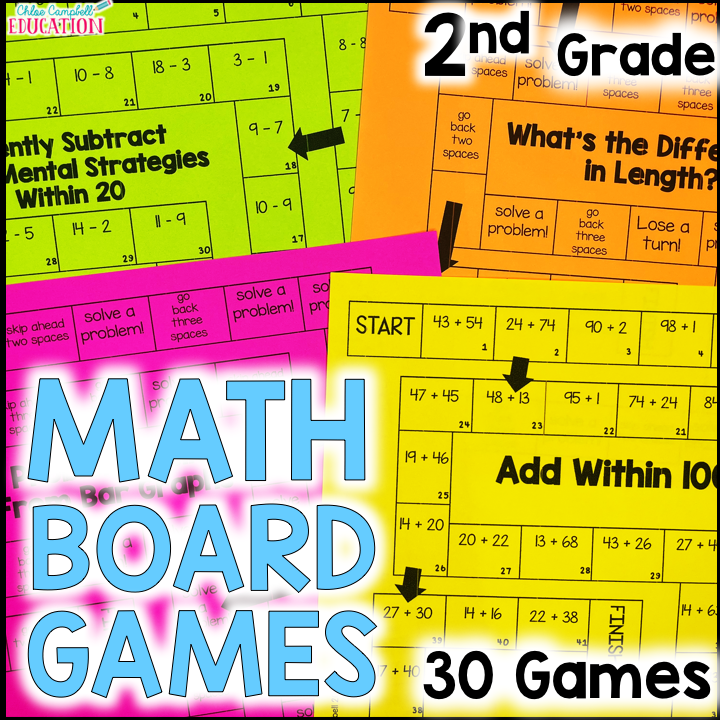

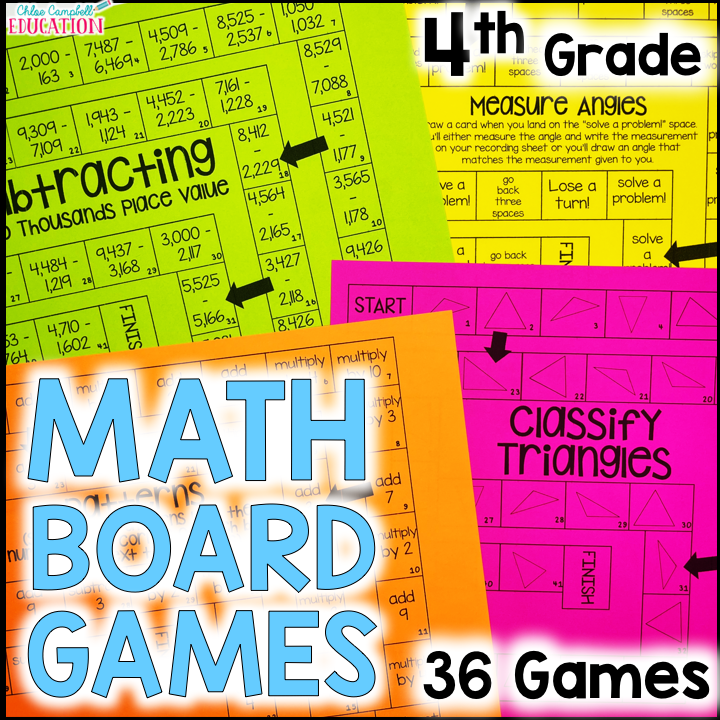
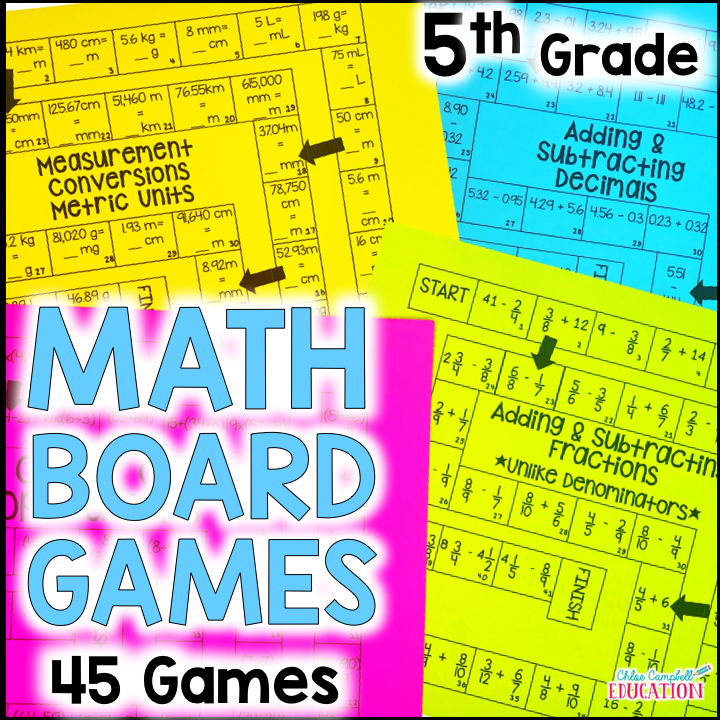
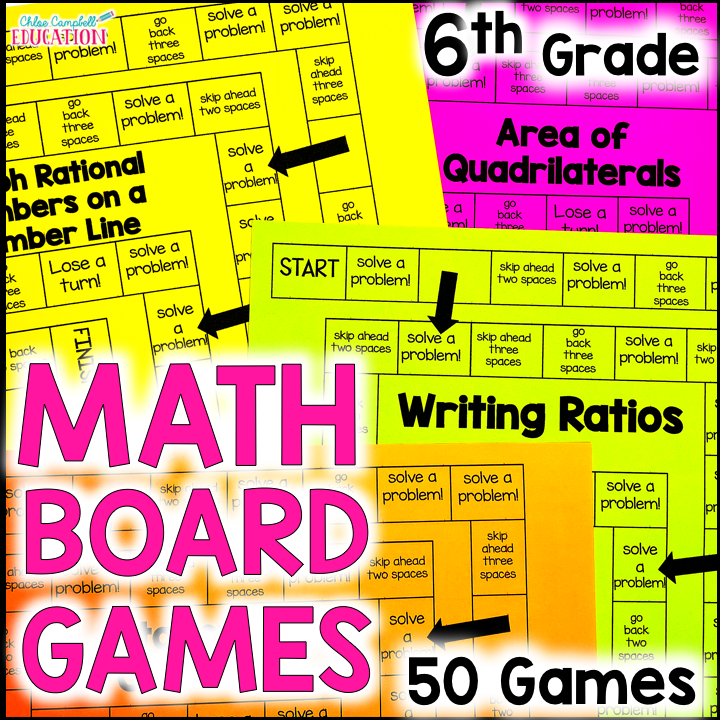

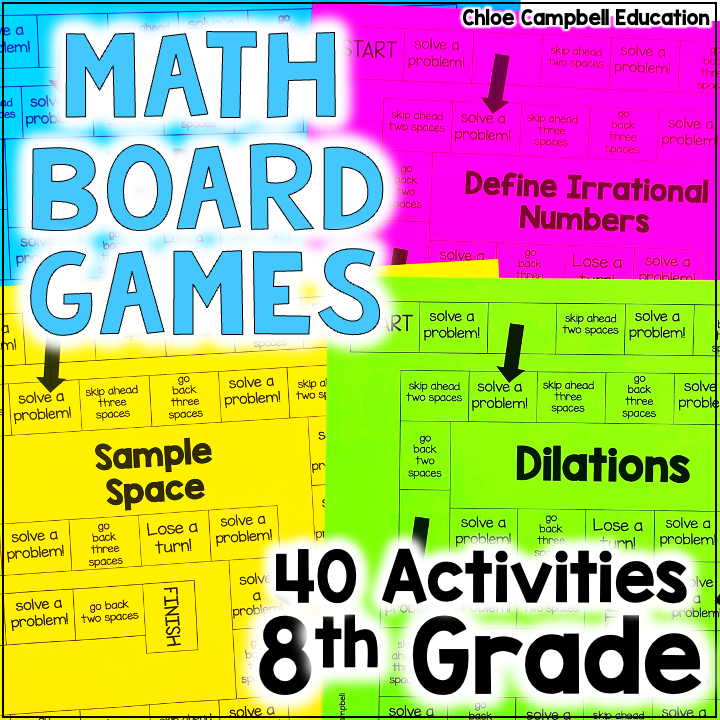


Thank you.